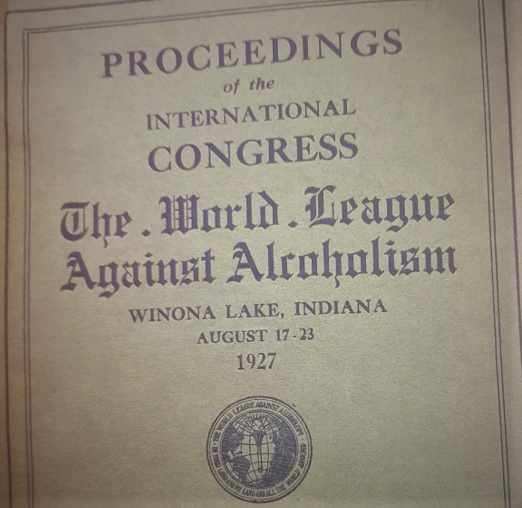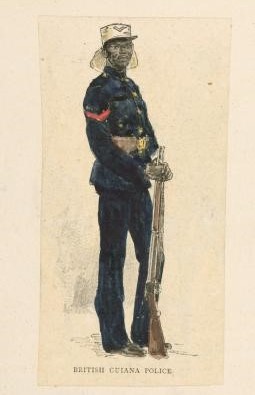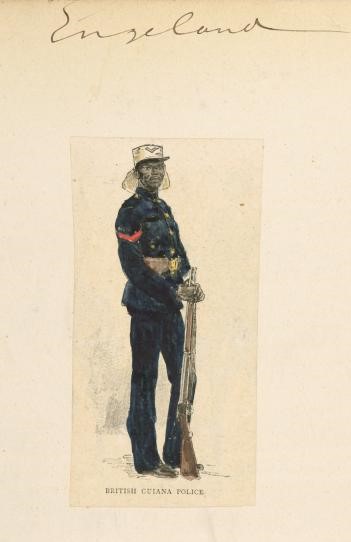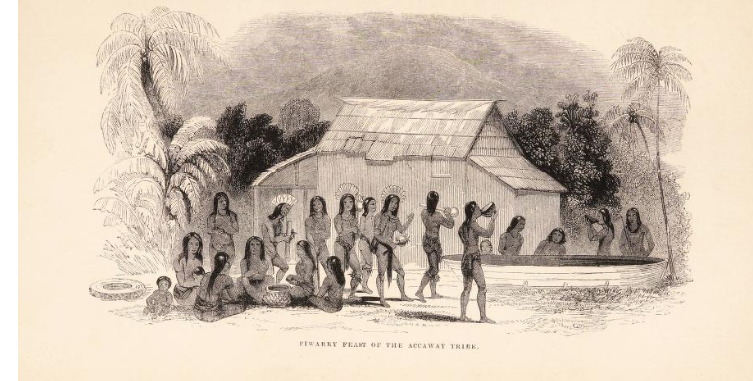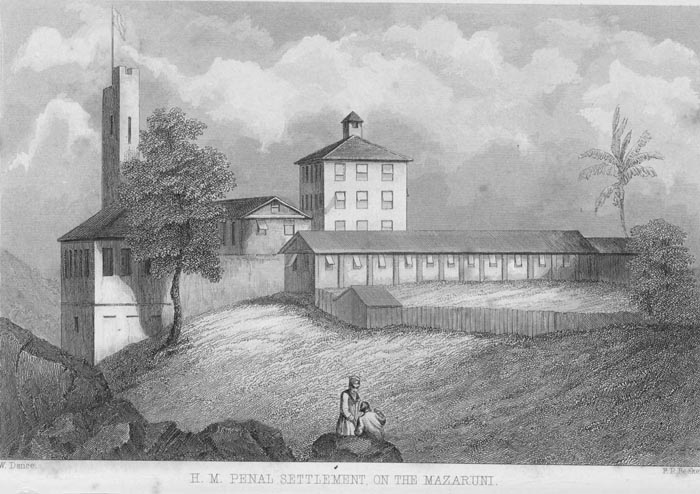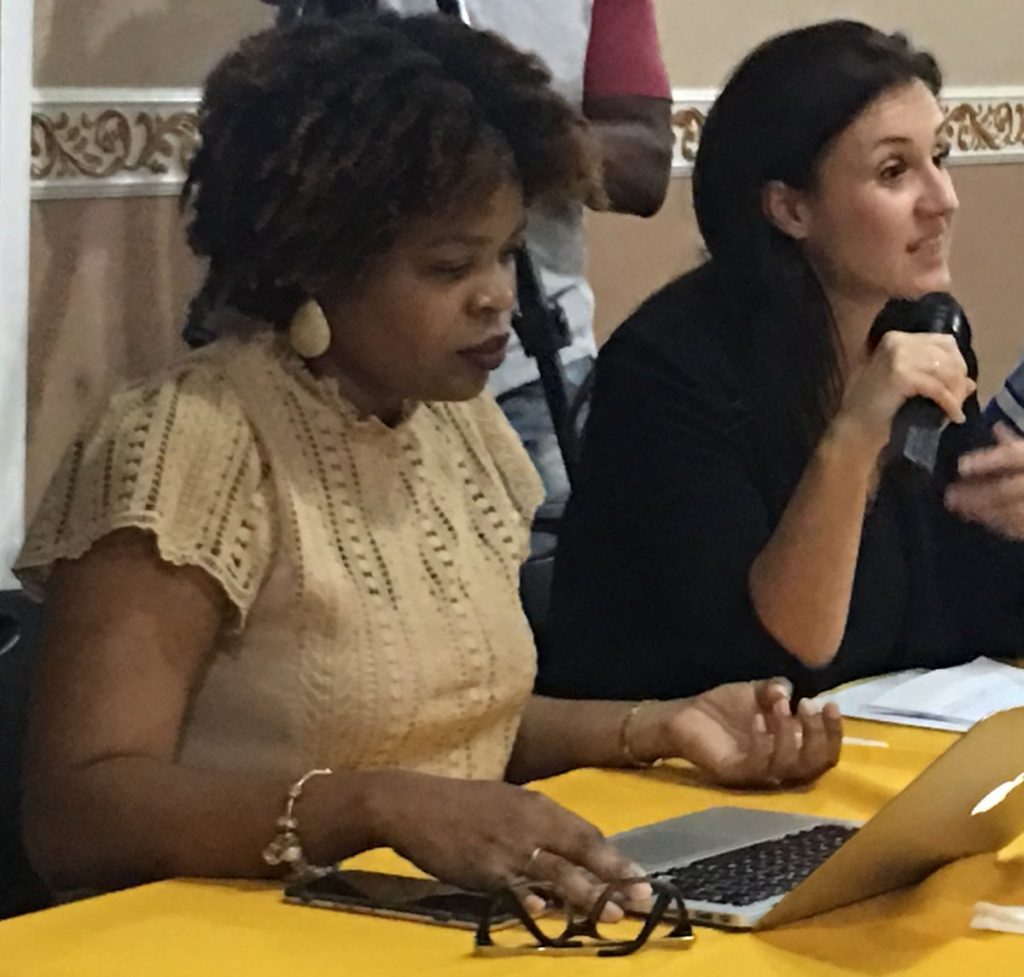By Emma Battell Lowman
Working through the 110 interviews conducted to date (20 prisoners, 30 community members, 30 prisoner family members, 30 prison officers) by or for this research team has been a key aspect of my work with this project. These interviews were intended to draw out details of individual experience and understanding to help develop a well-rounded and carefully evidenced understanding of the Guyana Prison Service (GPS) as it operates today. This work is in support of our efforts to understand the historical roots and present-day operations and challenges of the GPS and more broadly, and specifically, issues around MNS in these systems and spaces.
Some interviews were conducted by members of the project team, but the COVID-19 pandemic interrupted this work. We were lucky to connect with Fiona (Magda) Wills, the Director of SSYDR who took over the interviews in Guyana, with great success. All interview participants gave their consent to be interviewed and audio recorded, for their contributions to be used anonymously by the project team, and generously shared their time, experiences, and impressions of the GPS. Interviewees were thanked with a small cash gift (honorarium).
Interviewing for this project involved connecting with people whose lives are intimately connected – directly and indirectly – with Guyana’s prisons. These can be difficult stories to share, as people revisit sensitive subjects and delicate moments. The experience of deep listening as an interviewer also involves an intensity of experience and emotion. To better understand the experience of interviewing family members of prisoners, people who live near prisons, and prison officers, we asked Fiona to tell us about her experience and she generously agreed to sit down with Clare Anderson and Emma Battell Lowman earlier this year.
We were keen to learn whether prisons were something people were interested in discussing. Fiona explained, “People generally, people are always very willing to talk, I find! […] they want to talk more, and a lot of it isn’t necessarily related to the interviews but they’re just happy to talk.” In some cases, it seems, these interviews offered a space for people to feel heard about their concerns and experiences with the prison system.
What stood out for Fiona across the three groups she interviewed – family members of prisoners, people who live near prisons, and prison officers – was that “they are all stakeholders” and were invested in the prison spaces being well-maintained and tidy as an important aspect of these persons’ mental health. Many interviewees identified the purpose of prisons as being for the rehabilitation of prisoners as part of a shift from a penal to a correctional approach in the GPS. As Fiona identified, “if you really want to rehabilitate, my belief is that you have to make everybody’s space liveable” and that means attending to the physical spaces inside and outside the prison to benefit the diverse communities involved in and impacted by Guyana’s prisons.
It was something more personal that Fiona told us had the biggest impact on her over the course of conducting the interviews. The thing that “jolted” her was the number of mothers she interviewed who had sons – particularly sons in their 20s – in the prison system who were impacted by the incarceration of their child, and often maintained narratives of their innocence. Fiona said this “gripped” her, because she also has a young son, and this connection made these experiences stand out.
Fiona’s team transcribed the audio recordings of the interviews with great care and expertise (good transcription is not easy or fast!), these were then sent securely to the UK-based project team, and that’s where I come in. I’m the most recent addition to the project team and have come on board to help as the project nears completion. The project team is an excellent collaboration between the University of Leicester and Leicester Prison Service in the UK, and the University of Guyana and Guyana Prison Service, which allows us to combine specific skills and expertise from several areas of study with on-the-ground experience and expertise in the GPS. In turn, this means the work we are doing stays closely tied to the needs and priorities of those most impacted by the GPS while also seeking to make contributions and changes to global research on prisons, carcerality, and MNS (mental, neurological, and substance use disorders). By working to analyse and prepare the interview transcripts for use by the research team, I help to support the collaborative work of the project team to produce practical materials for use in the GPS and research articles for public and academic audiences.
My work with the interview transcripts took place thousands of miles from Guyana, but created a sense of proximity and intimacy as I worked carefully through each one to identify themes and information connected with the project’s key questions and concerns. The immediacy of frustration of family members and prisoners at the long delays in moving cases forward in the justice system, the evident strain on family members who have to provide support to prisoners in terms of food, toiletries, and money to ensure a reasonable level of health, and the fear of violence spilling over from the prisons into the streets and homes of people who live nearby all came through powerfully in the words and stories on the page.
The emotional experience of working with these stories is an important aspect of our work – it helps us find empathetic connections with people whose lives and our own are quite different, and it helps us understand from a personal perspective the direct impacts of the prison system as it operates today in Guyana. Taken together, these interviews present a powerful picture of a system whose impacts extend far beyond the prison walls and the strong case for investment and improvement.
Dr Emma Battell Lowman is a research associate on the ESRC GCRF project Mental Health, Neurological and Substance Abuse Disorders in Guyana’s Jails, 1825 to the present day.

